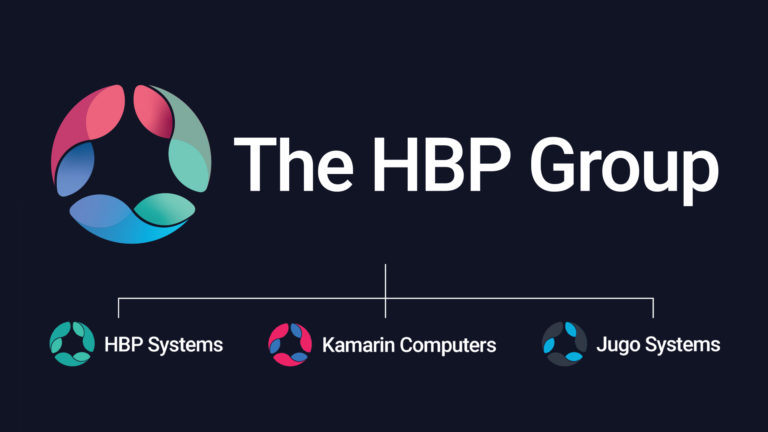How to improve stock control
Ensure stock data is accurate
Data is one of the most powerful weapons in your arsenal, especially when it comes to stock. It’s important that data is accurate, up to date, consistent across departments, and accessible by all.
Once you’re sure your stock information is correct, you can gain valuable insights from it through data analysis. The results of this analysis can dictate decisions around stock control.
Regularly evaluate suppliers
It’s crucial to be partnered with suppliers that are competent. You should regularly evaluate how well suppliers are performing, so you can identify whether they’re affecting your ability to get hold of stock quickly enough.
It’s also smart to keep up to date with their situation as an organisation. If you learn that they’re facing financial struggles, you may need to decide whether to maintain the relationship (as this could have an impact on your operations).
Frequent audits
It’s sensible to carry out frequent stock audits, to ensure that the quantities displayed in your paper reports, spreadsheets or software, are completely synchronised with the true numbers of physical stock. An audit will iron out any mistakes, and give you even greater control of stock.
You should also regularly review any stock control methods in place (such as FIFO or Just-in-time), to ensure they’re still serving their intended purpose. It’s key to ensure employees are adequately trained for whichever processes are in place.
Use technology for tracking
Technology has made it far easier to track stock, regardless of whether it’s in the production process, being delivered by a supplier, sitting in the warehouse, or on its way to a customer.
Things like barcoding and scanning mean that an item can be digitally checked-in as soon as it arrives at your facility.
Remote technology has made it possible to keep track of stock without needing to be at your workplace too. Using mobile or Cloud-based systems means that stock can be instantly updated from home or on the road.
Adopt Manufacturing Software
Manufacturing Software makes it possible to implement all of these mentioned improvements and best practices, in one unified system.
This type of solution brings all of your separate functions together, ensuring that stock data is consistent, accurate and up to date for all departments.
With powerful reporting capabilities, the system allows you to extract real value from this information, making it easier to predict outcomes around customer behaviour and product demand.
With complete connectedness, much of the supply chain and stock management processes can be automated. If a customer makes a purchase online, this will feed through to stock data and influence your orders for new materials.
Functionality around production planning and tracking removes the stress that normally comes with manual stock control tasks. Automatic calculations of future stock requirements ensure you save you time, energy and money.
All of this added efficiency allows you to perform optimally with regards to stock management, and frees up resources, so you can really focus on growing quickly and sustainably.







